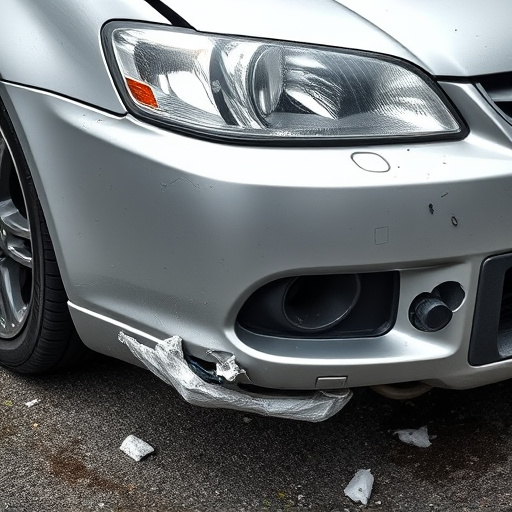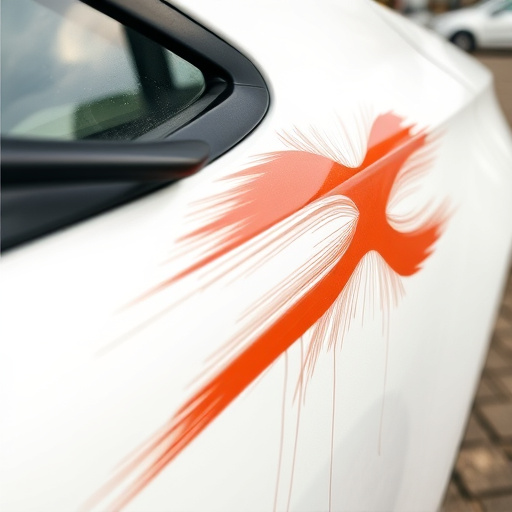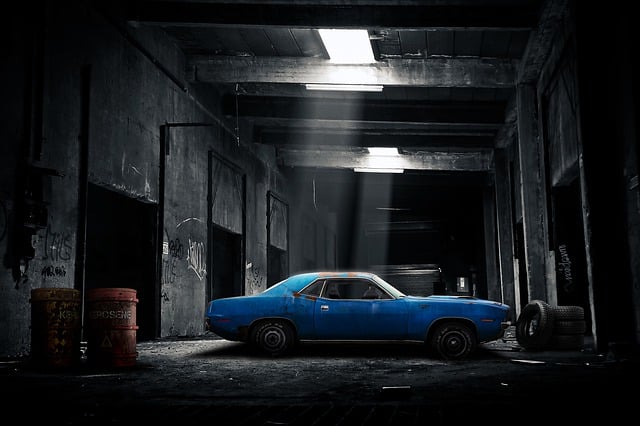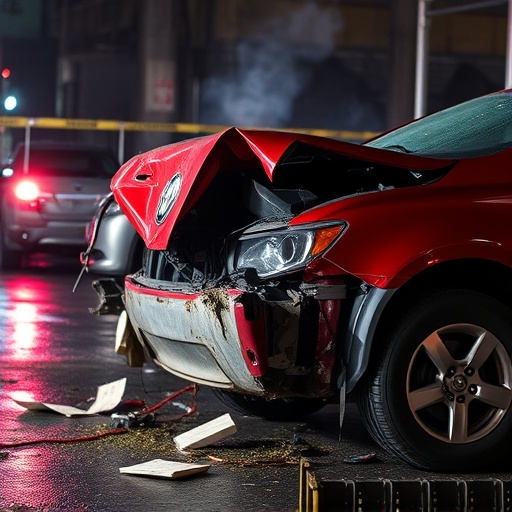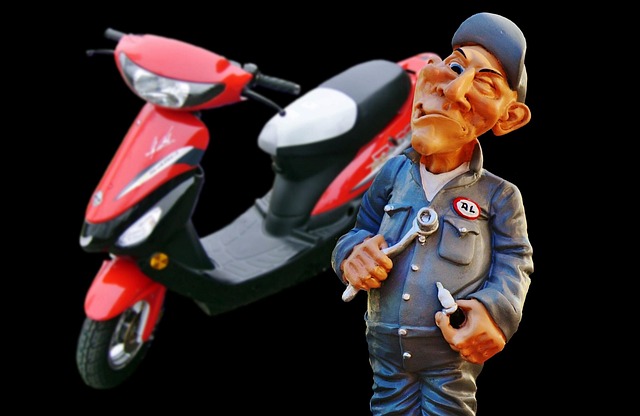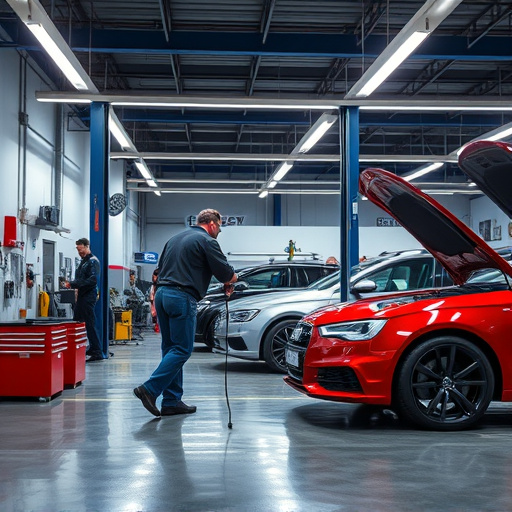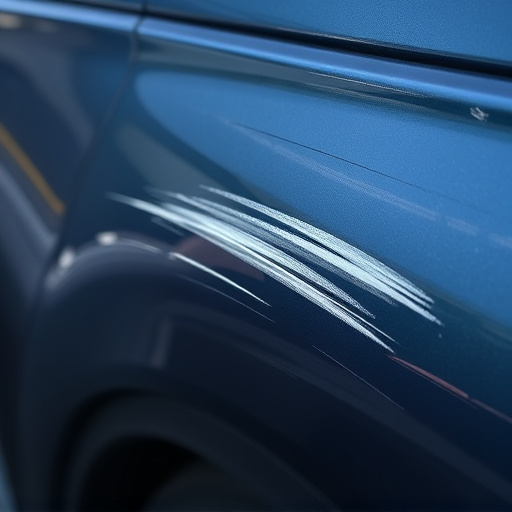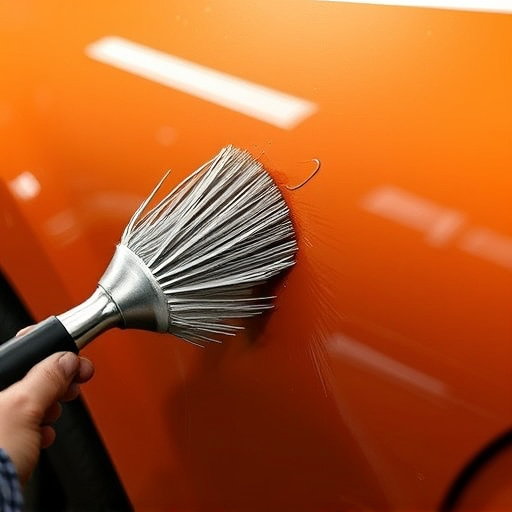Model Y body damage repair involves meticulous visual inspections and specialized tools for assessing imperfections. Advanced techniques, including laser technology and CAD software, transform restoration processes, ensuring optimal results. Quality control checks after initial repairs guarantee precise structural alignment and a pristine finish, enhancing safety and performance.
In the realm of automotive restoration, expertly handling Model Y body damage is paramount for achieving optimal vehicle condition. This comprehensive guide delves into the intricate world of Model Y body damage repair techniques, offering a step-by-step approach to assessing and addressing various types of body damage. From advanced repair methods for complex restorations to final touches that ensure quality control, this article equips you with the knowledge to restore your Model Y to its former glory.
- Assessing Model Y Body Damage: Step-by-Step Guide
- Advanced Repair Techniques for Complex Vehicle Restorations
- Final Touches: Ensuring Optimal Results and Quality Control
Assessing Model Y Body Damage: Step-by-Step Guide
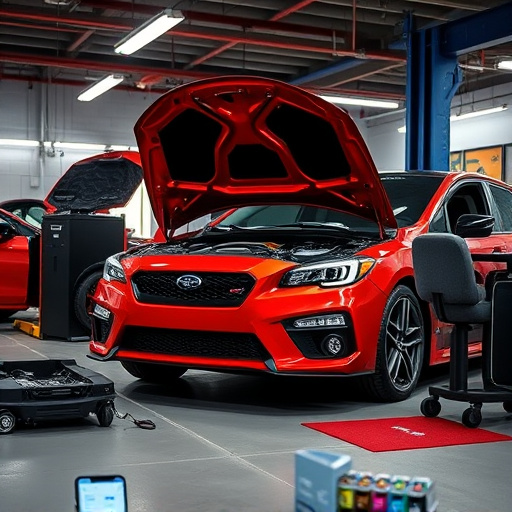
Assessing Model Y Body Damage involves a meticulous process to ensure accurate repair and restoration. Begin by conducting a thorough visual inspection, noting every imperfection or dent on the vehicle’s exterior. Use a bright light or flash to reveal hidden defects in shadowed areas. Check for cracks, bends, or warping in the body panels, paying special attention to doors, fenders, and hood.
Next, use specialized tools to measure and document the damage. Take measurements of dents and cracks, noting their depth and width. For larger components like auto glass replacement, measure the exact dimensions required for a precise fit. Also, inspect tires for any damage or wear, as tire services might be needed alongside body repair. Documenting each step is crucial; take photos from various angles to create a detailed record of the Model Y’s current state, which will guide the restoration process and ensure optimal vehicle restoration.
Advanced Repair Techniques for Complex Vehicle Restorations
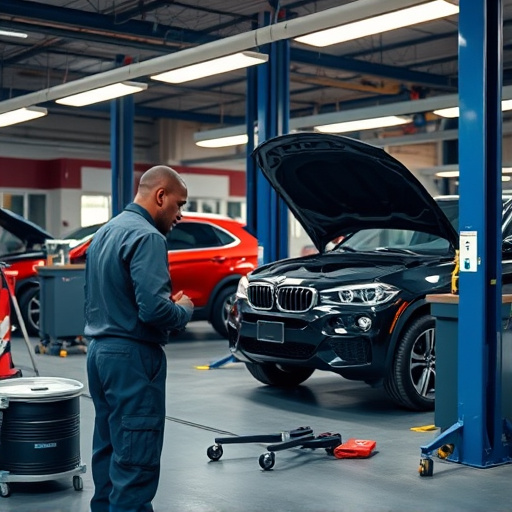
In the realm of Model Y body damage repair, advanced techniques have revolutionized vehicle restoration processes, especially for complex cases. These cutting-edge methods are tailored to address intricate issues that may arise from various incidents, including collision repair and hail damage repair. Professional collision repair centers employ sophisticated equipment and specialized training to ensure optimal results. For instance, laser technology is utilized to precisely cut and reshape metal panels, allowing for seamless integration during the restoration process. This level of precision is crucial when aiming for a classic car restoration, where every detail matters.
Additionally, modern techniques leverage computer-aided design (CAD) software to create digital templates for body panels. These templates guide technicians in their repairs, ensuring consistency and accuracy. Such innovations not only expedite the repair process but also yield superior aesthetics. This is particularly beneficial for Model Y owners seeking flawless restoration, mirroring the vehicle’s original state, be it for practical purposes or as a tribute to classic car restoration artistry.
Final Touches: Ensuring Optimal Results and Quality Control
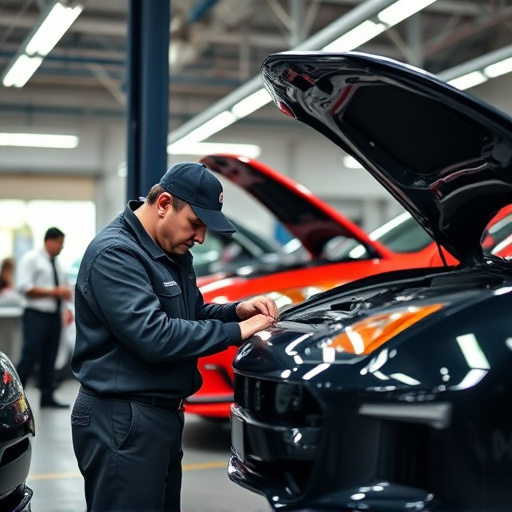
After completing the initial repairs, such as fender repair and frame straightening, it’s crucial to perform meticulous quality control checks on the Model Y vehicle. This involves thorough inspections to ensure every damaged area has been accurately restored, maintaining the vehicle’s original integrity. Skilled technicians will examine panel gaps, paint jobs, and structural alignment, making fine adjustments if necessary.
Final touches focus on achieving seamless fusion between repair and the existing body. This includes polishing and detailing to restore a pristine finish, hiding any remnants of collision damage repair. By taking these final steps, the Model Y will not only be visually restored to its pre-damage condition but also driven by enhanced safety and performance, ready to hit the road with optimal results.
In concluding our exploration of Model Y body damage repair, it’s evident that achieving optimal vehicle restoration requires a meticulous approach. By following the step-by-step assessment guide, adopting advanced repair techniques for complex damages, and meticulously applying final touches, restorers can ensure exceptional results. Integrating these strategies ensures that every repair is not just functional but also aesthetically pleasing, restoring the Model Y to its former glory. For those committed to Model Y body damage repair, continuous learning and staying updated with industry advancements are key to maintaining top-tier restoration standards.
